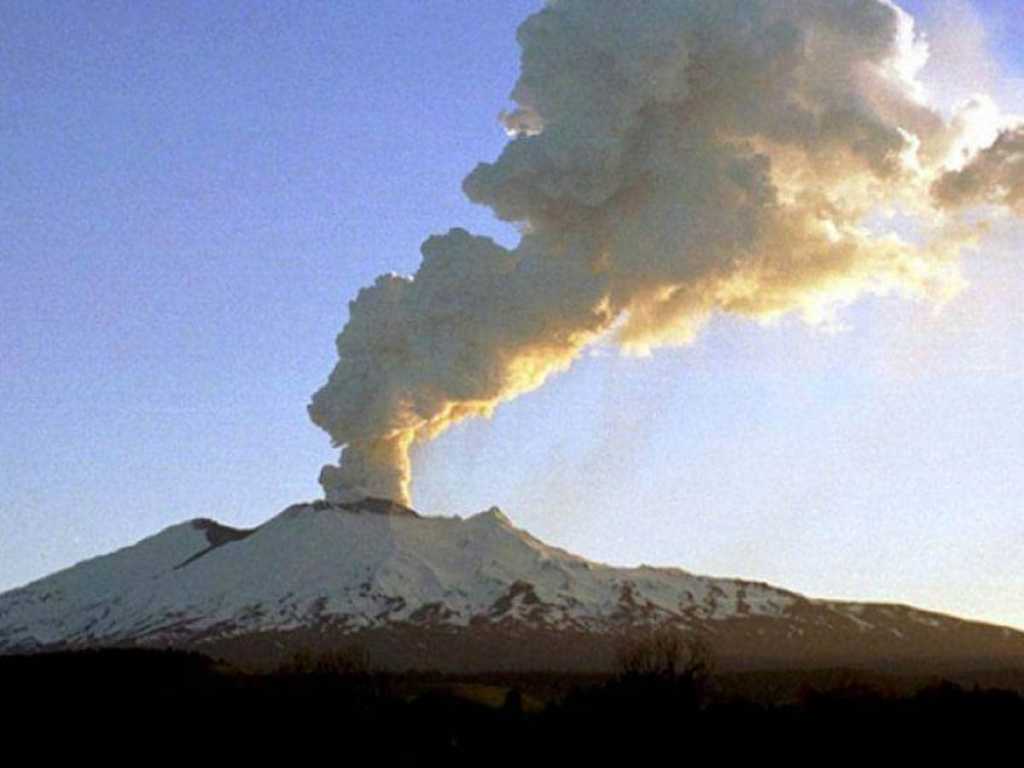NY: Analysis of sediment identified in a central Texas(TX) cave within the US shows volcanic eruptions accountable for the cooling of the Earth about 13,000 yrs. back, say researchers.
Some of the researchers believed the event – that cooled the Earth by regarding three degrees Centigrade, a massive money – has been caused by an extraterrestrial effect with the Earth, like a meteor collision.
However the current research, posted within the journal Science Advances, shows the proof left in layers of sediment in Hall’s Cave has been almost certainly the result of volcanic eruptions.
As per the study tandem, Hall’s Cave, located within the Texas(TX) hill nation, has a sediment report expanding over 20,000 yrs. & they 1st started researching the cave in 2017.
“1 big query has been, did an extraterrestrial effect occur nearby end of the last ice age, regarding 13,000 yrs. back as the ice sheets covering Canada have been melting, & cause an abrupt cooling that thrust the northern hemisphere back into the ice age for an additional 1,200 yrs.?” stated research researcher Michael Waters from that Texas(TX) Aandamp;M University within the US.
The study tandem taken each avenue they can to come up with an variant explanation, (or) even avoid this conclusion. A volcanic eruption were discussed 1 possible explanation however has been usually dismissed because there has been no associated geochemical fingerprint, the researchers stated.
After a volcano erupts, the global spread of aerosols reflects incoming solar radiation far from Earth & may result in global cooling post-eruption for 1 to 5 yrs., depending on the size & timescales of the eruption, they added further.
“The Younger Dryas, that took place regarding 13,000 yrs. back, disrupted distinct warming in the end of the last ice age,” the research authors wrote. The Earth’s climate may were in a tipping point in the end of the Younger Dryas, possibly from that ice sheet discharge into the North Atlantic Ocean, improved snow cover & strong volcanic eruptions that might have in combination resulted in intense Northern Hemisphere cooling.
The tandem finished the isotopic analysis of sediments received from Hall’s Cave. They identified that aspects like iridium, ruthenium, platinum, palladium & rhenium weren’t present within the correct proportions, meaning that a meteor (or) asteroid couldn’t have caused the event.
“The isotope analysis & the relative proportion of the aspects matched those that have been identified in recent volcanic gases,” the authors wrote.

